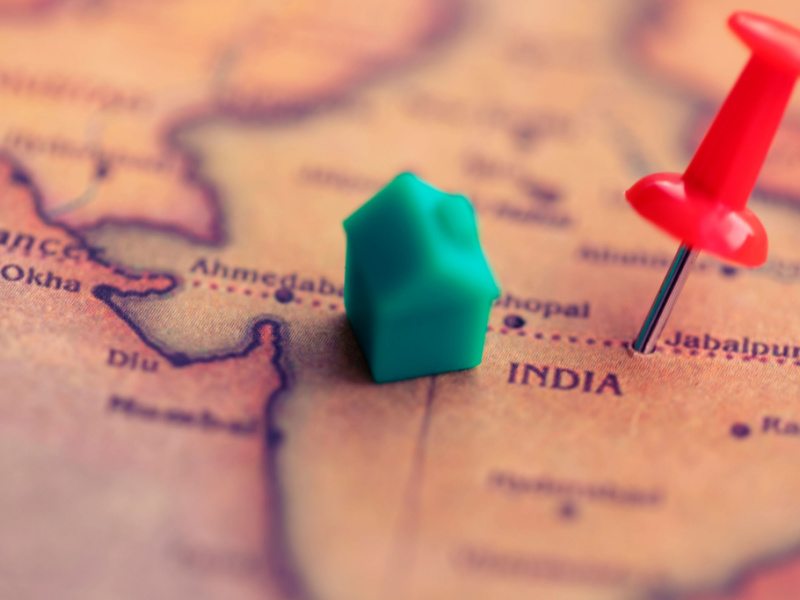
For someone who has just started earning, planning for retirement might seem like something you can push to the future– planning for retirement mid-career seems like a more feasible idea. As much as this procrastination encourages you to spend a few extra bucks earlier on, realizing that you have not planned for your retirement can come as a rude shock later on in life. So why wait till you get to the point? Check out some of the best ways to invest your earnings right away, to enjoy a healthy lifestyle post retirement!
Why is retirement planning important?
Retirement planning is as indispensable a requirement as earning to make a living. Retirement planning helps one sustain after an active source of income is no longer there. It ensures that inflation does not adversely affect the standards of living of an individual and helps one lead the remainder of their life peacefully. It ensures that one will not be dependent on anyone and manage his or her expenses with the money in hand.
What must a retirement plan involve?
An investment plan must cover sub-goals, time horizons, estimated expenses and retirement spending needs, risk tolerance, estate planning, preservation of capital and after-tax returns.
How do you save for retirement?
Everyone is aware that savings form the basis of one’s entire financial planning. But what they fail to arrive at is how much should one really save? While there is no standard answer for this, it is important that one works backward in order to arrive at the figures.
Fixing the retirement corpus that you wish to have and the monthly income that you wish to receive (generated passively post retirement) is the starting point of financial planning for retirement. While fixing this might appear as an unclear process to get an arbitrary figure, there are set ways that this sum can be arrived at.
Taking into account one’s current expenditure, huge expenditures that one believes will come forth in their life, the nature of risks one is willing to undertake, the rate of estimated inflation averaged out till one’s retirement age, will help determine one’s retirement corpus and monthly income post retirement.
If this were to be mathematically arrived at the following table can be put to good use,
| Parameters | Particulars |
| Current age of the individual | |
| Monthly expenses incurred currently | |
| Age that one wishes to retire | |
| Number of years to retire | |
| Expected life expectancy of the individual | |
| Inflation rate (averaged out and estimated) | |
| Value of monthly expenses post retirement | |
| Return on corpus | |
| Corpus required to account for retirement expenses |
For example, say Harshitha, who is 23 years of age and has just started her job at a software company, wishes to plan for her retirement right away. Then her planning table would look something like this–
| Parameters | Particulars |
| Current age of the individual | 23 |
| Monthly expenses incurred currently | 20,000 |
| Age that one wishes to retire | 50 |
| Number of years to retire | 27 |
| Expected life expectancy of the individual | 80 |
| Inflation rate (averaged out and estimated) | 7% |
| Value of monthly expenses post retirement | Rs. 1,24,277.35 |
| Return on corpus | 8% |
| Corpus required to account for retirement expenses | Rs. 3,86,70,906.14 |
What financial instruments should you invest in?
There are a number of options available in the market to choose from, but given below are the 5 best options that one might consider investing in for retirement.
- Pension plans
With the end goal of creating a financial cushion in the long term, pension plans were originally designed as retirement plans itself. The person investing into a pension plan is to contribute a predetermined amount on a monthly basis till the time of retirement and the accumulated amount is given back in the form of pension or annuities at the time of retirement of the individual. The entry age can be as early as 18 years and there are various kinds of plans available such as Deferred Annuity Plans, Immediate Annuity Plans, Life Annuity Plans, Whole Life ULIPs, National Pension Scheme etc. these plans come with several advantages such as tax exemptions, flexibility in withdrawal, choice of multiple investment options to maximise the growth value of the fund etc. one must consider monthly expenses, inflation rates, life expectancy, medical expenses and assets and loans prior to making the said investment.
- Public Provident Fund
The Public Provident Fund is a scheme introduced by the government to encourage savings habits within people. PPF interest rates are announced by the government on a quarterly basis and these are usually higher than interest rates for savings accounts. The maturity period of the fund is 15 years which is extendable by another five years post maturity. All stages are tax exempt giving it a EEE status and a maximum sum of Rs. 1,50,000 can be invested every year.
- Bank Deposits
The most orthodox and time-tested method of parking one’s savings, bank deposits, must be a component of one’s retirement planning. Investing in recurring or fixed deposits will guarantee a greater interest. Placing these sums in such deposits for long periods and reinvesting the interest earned will ensure that one has a respectable sum from it for post-retirement. But the returns from fixed deposits are pretty low so they may not be able to beat the inflation which will effectively reduce the value of your investments.
With returns as high as 12 to 15%, Mutual Funds are ideal private schemes to help one create a sizable corpus for retirement. Investing keeping a long-term horizon in mind, will help one unleash the power of compounding. It has often been recommended by experts that when one is younger and has lesser responsibilities and greater risk appetite, then he or she must opt in for equity mutual funds. With the increment in age and responsibilities, a gradual switch can be made toward debt funds and balanced funds.
- Gold and silver
Metals such as gold and silver do not lose their sheen (literally and figuratively) over a period of time. In fact, in most cases we have seen the prices appreciate. Therefore, it is prudent to place some amount in gold and silver, not in terms of jewellery, but as a commodity which can be done by investing in gold funds or gold ETFs.
How to generate Income Post Retirement?
This becomes an extremely important question, considering the fact that interest rates have been coming down and the markets seem to be underperforming.
The first thing that must be kept in mind is that investment that one makes to generate a monthly income post retirement must be a product of meticulous budgeting i.e. the entire corpus must not be reinvested but only a specific portion of it.
Investing the money into market linked options are better, for they offer an ideal combination of decent returns for lower risks. For instance, one can opt in for balanced mutual funds that place the funds in both equity and debt instruments.
One must not fail to remember that post retirement, “the capital will remain constant, interest rates will go down and needs will go up”. The investments made must be carefully planned keeping this fact in mind.
Some Tips
- Start planning and saving early to retire peacefully. It is a multistage process that evolves over time.
- Consistency is the key to making the retirement plan work.
- Plan meticulously and stick to the plan – do not make the mistake of dipping into your retirement savings.
- Track and review your plan to ensure that adjustments are suitably made. Use the help of projections to see where you stand on your journey towards accumulating your retirement corpus.
- Appoint a financial planner if you feel like you are in the dark and need some guidance; doing so will ensure that there is a process driven method in place and your priorities are given due consideration.
- Account for insurance needs, emergency needs, education and home buying goals and the like before determining the amount that one must redirect to retirement investment.
Conclusion
Always remember, it is not about how much you earn, but how much you save that will determine the kind of lifestyle you will lead! So instead of using the income minus expenditure equals saving approach, use the income minus savings equals expenditure approach – place your savings as a priority! Happy retirement planning!
Frequently Asked Questions
- Can one invest in equity mutual funds when they are just a few years away from retirement?
This entirely depends on one’s current level of savings, risk appetite, need for higher returns, and financial cushion available. One must invest only after careful consideration.
- Can one invest in real estate for retirement planning?
Real estate is a good option to invest in in order to gain a sizable corpus for retirement. But one needs to remember that these investments are highly illiquid.
- What are the advantages of investing in pension schemes?
Investing in pension schemes ensures that one can avail the benefit of tax exemptions, flexibility in withdrawal, and choice of multiple investment options to maximise the growth value of the fund.


























